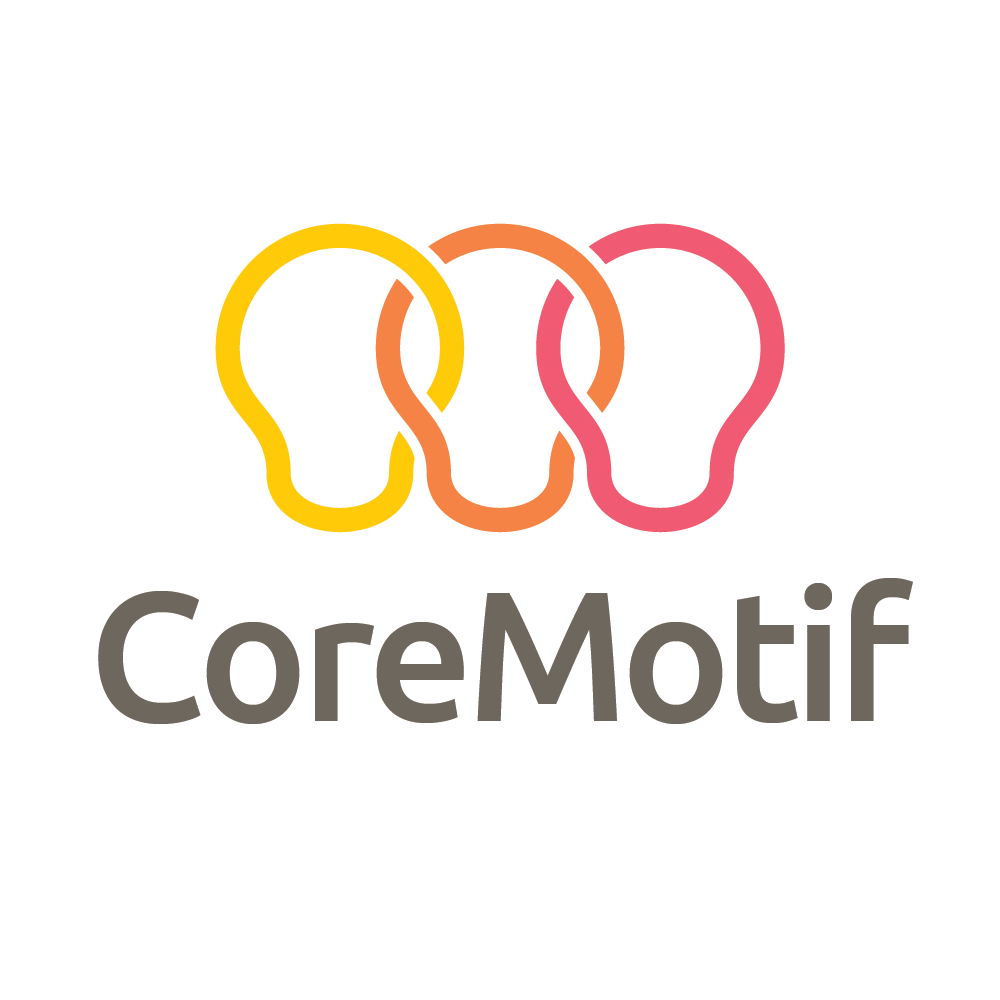Four steps towards better processes
Do your processes have what it takes?
Do you want to discover what it takes to run your processes like a pro? Here are some steps you can take to make sure you’ve checked all of the boxes.
Item 1: Have a process model
Do you have a process model to serve as a checklist for all of the processes you are running? If you have a number of processes you need to manage, a process model can help you figure out what’s important and what’s not. It can even help you figuring out what you are missing and what you can do to improve your meta process, which is the way to develop other processes. Below we present a popular process model to give you an idea of what we are talking about.
Item 2: Focus on the customer
It’s easy to get lost in all of those tasks that need to be performed. When you work on fulfilling customer’s requests a lot of the work involves co-workers in various departments. This becomes increasingly more common as the size of the company grows. When a task has many stakeholders, the focus can shift away from the customer and his value towards the comfort of the co-workers. Don’t worry, it’s normal. We humans are social beings and we want our co-workers to like us, so why upset them or cause trouble? One way to fix it is by bringing the focus back on the customer.
Item 3: End-to-end processes
Some organizations confine their process scope to departments. For example, when granting a loan, the end-to-end process might start when the customer starts comparing banks to find the best place to apply for a loan, and end when the loan is fully paid back to the bank. However, some departments might only focus on the tasks of filling out certain forms, or handling individual payments. By cutting a process into bits, assigning each bit to a different department and then referring to those bits as processes results in discontinuities and delays for the customer. One way you can fix this is by start looking at the value delivered to customers and joining all of the smaller departmental processes together to create an end-to-end process. Only then you can truly start optimizing, reducing real cost and improving the customer experience. Without end-to-end processes, when you optimize one departmental process, you might be increasing costs in another department without realizing it.
Item 4: Don’t forget the metrics
The popular saying: “You can only improve what you measure” applies to processes too. If you only focus on “actual work” you are missing out on important data that you can use to optimize the process (see Item 3: end-to-end processes”). Actual work also includes measuring performance, updating work instructions when you find something to improve, collecting process and customer feedback, making sure the process goals align with strategic vision, that you have the correct resources and capabilities to sustain the process to name a few.
Here are some ideas for metrics that can give you a good idea of how your process is performing, and by analyzing them you can also see if the process is performing worse or better.
- Process lead/cycle time, how long does it take from end-to-end
- Re-work or defect rate also known as yield rate
- Process cycle efficiency, value added time vs. lead time
- Throughput, how many customers are serviced pr. time unit.
- Capacity utilization, based on the resources and capabilities assigned and the average workload
To conclude
We’ve presented four simple methods to supercharge your process thinking. Know where you are heading, focus on the customer, end-to-end processes and measure the performance. There are of course many other ways to improve your processes, we at Coremotif have a tool chest full of interesting methods. What are your favorite methods? Tell us in the comments, or send us a message.


